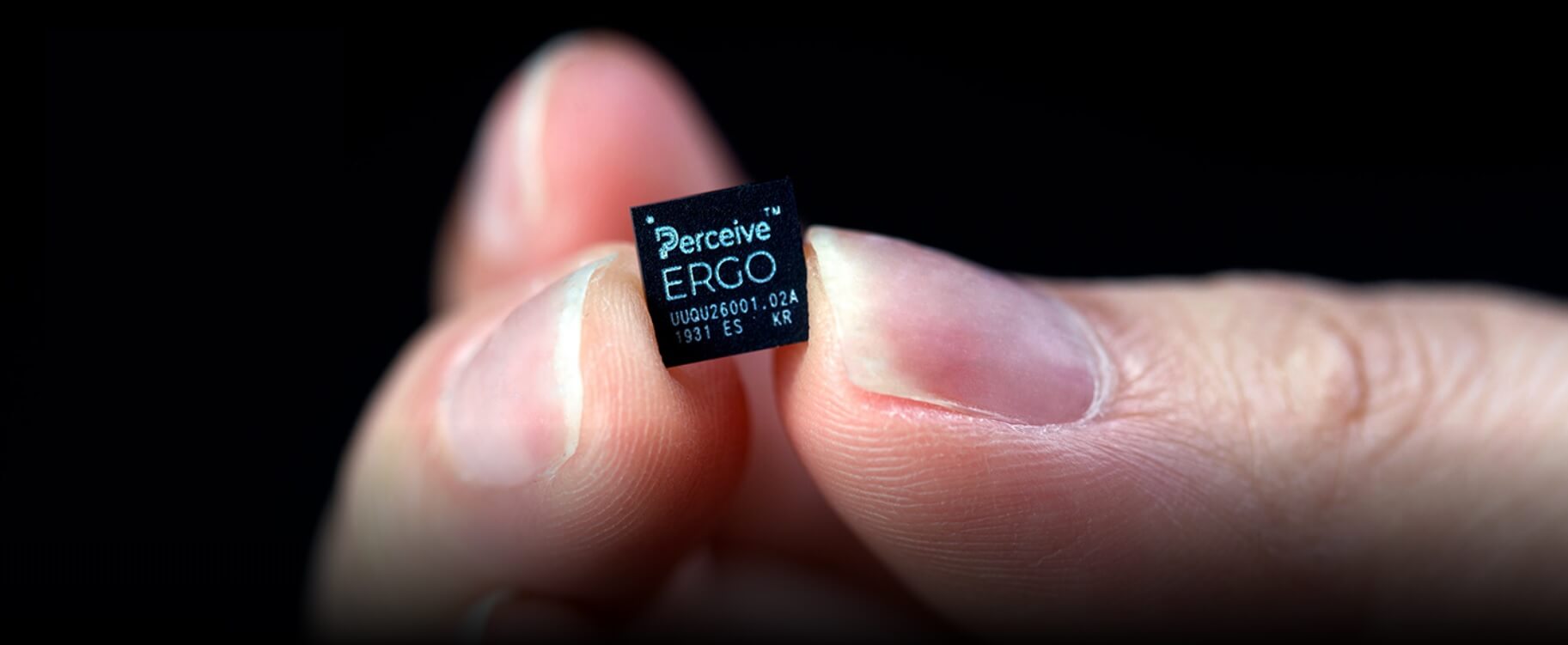“Everyone wants smarter devices but until now, only the cloud has provided the requisite accuracy,” is what Steve Teig, Chief Executive Officer of Perceive, realized and was underlining a bigger problem: cloud-based solutions come with privacy concerns. So, at the helm of Perceive, a new edge inference solutions company, he debuted Ergo, a breakthrough edge inference processor.
Perceive was incubated by and is actually a majority-owned subsidiary of Xperi, a leader in audio, imaging and semiconductor technology.
Perceive develops breakthrough neural network inference solutions that push the performance-accuracy-power envelope, while protecting the security and privacy of consumers.
“Perceive’s launch today represents the culmination of two years of focused innovation and investment within Xperi that combines Perceive’s work on advanced machine learning with our unique experience in imaging, audio, and semiconductor technologies. The result is a truly game-changing smart device technology platform”
Jon Kirchner, Chief Executive Officer of Xperi.
Edge is Perceive’s first product, an edge inference processor that claims to bring breakthrough accuracy and performance to consumer devices such as security cameras, smart appliances, and mobile phones. To manufacture it, the company partnered up with GLOBALFOUNDRIES.
The chip removes the need to send sensor data from devices to the cloud for analysis. It can enable features like extending the battery life of a mobile device or simplifying the user interface of a home appliance without putting your data at risk.
“Our Ergo chip delivers data center-class accuracy and performance in consumer devices, protecting privacy and security while running at ultra-low power.”
Steve Teig, CEO of Perceive
Until now, the sheer complexity of advanced neural networks implied they could work just in data centers. Perceive however tried to eliminate that obstacle by enabling multiple sophisticated networks such as YOLOv3, M2Det, and others to run on Ergo.
The processor delivers more than 4 sustained GPU-equivalent floating-point TOPS, with the ability to run heterogeneous, large neural networks simultaneously, powering applications such as video object detection, audio event detection, and speech recognition. Before you ask, the chip supports CNNs (multiple sizes of convolutions and residual edges), RNNs, LSTMs.
It doesn’t need an external RAM and it’s pretty small, coming in a 7×7 mm package which means it can easily be integrated in phones and cameras. It also enables longer battery life and produces less heat thanks to a power efficiency of more than 55 TOPS/Watt ( 20 to 100 times the efficiency of alternatives).
Along with their chip, the company will put a complete solution in the hands of OEMs, including reference boards, as well as standard imaging and audio inferencing applications for common inferencing tasks. Arlo is just one of those partners.
Customers will also be able to tune the applications or create novel ones with support from the team.
The chip and reference board will be ready for mass production in the second quarter of 2020.
Follow TechTheLead on Google News to get the news first.























